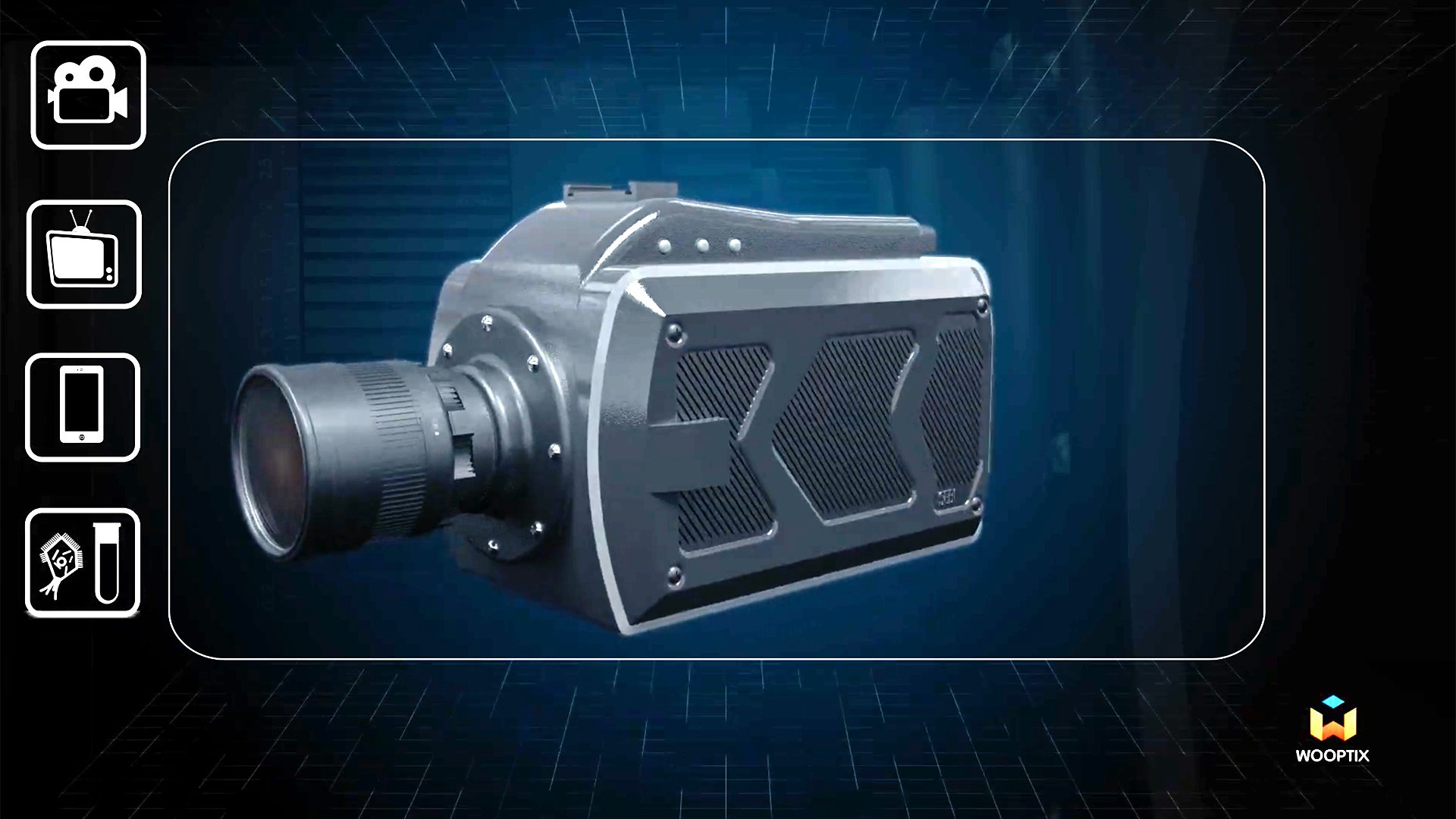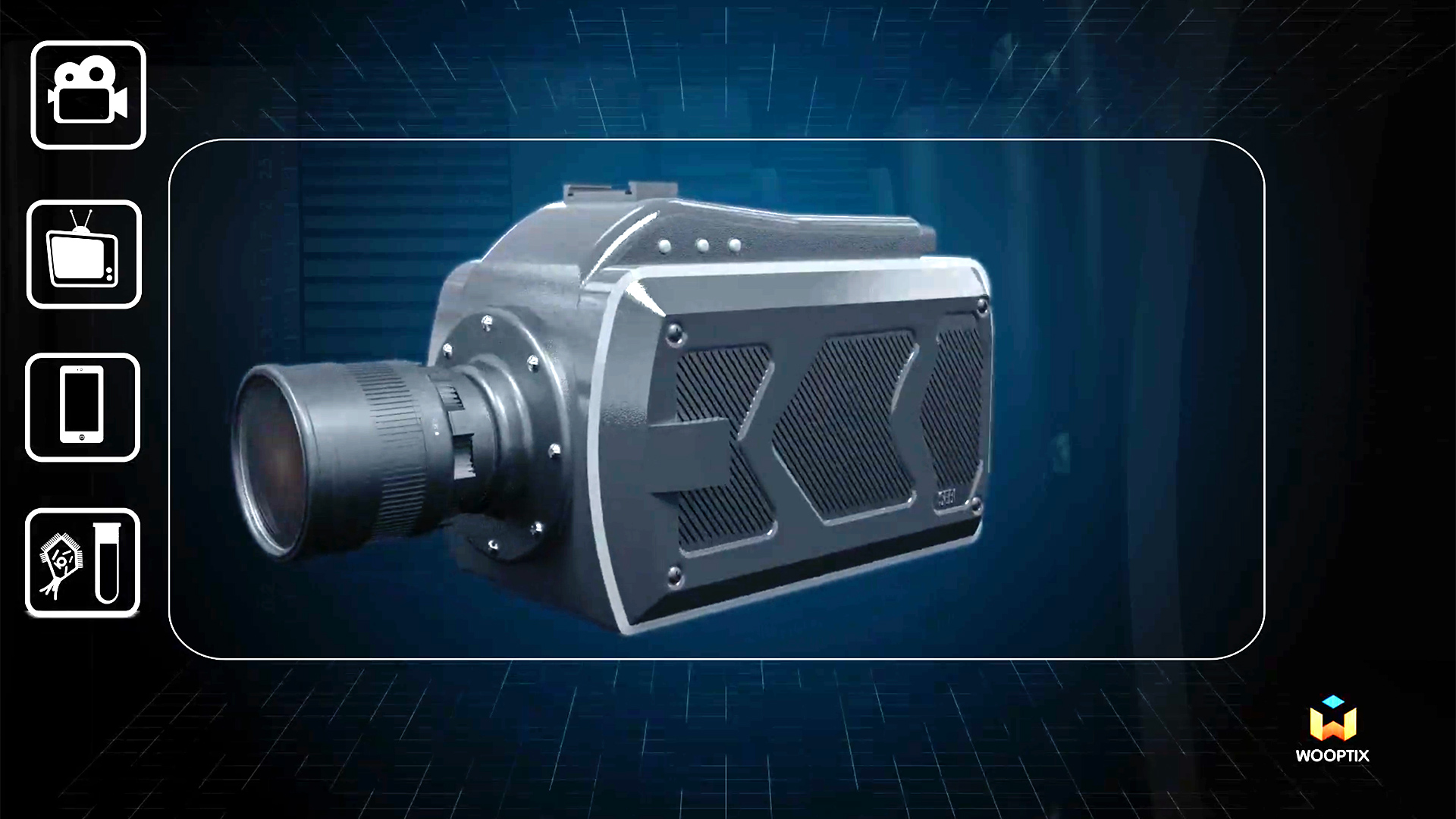

The coming revolution in holographic video technology has been given a boost with the unique approach of Spanish start-up Wooptix. It has presented the first single lens light field camera capable of capturing light field video in real time and it does so using a liquid lens.
The camera is called SEBI and incorporates a hardware controlled liquid lens capable of capturing the same image at multiple depth-of-field settings. SEBI is also able to generate a depth map in real-time whilst recording. By using the depth map users can refocus at will within the scene. Blur and focus areas can be modified by controlling the depth of field. Alternatively, an ‘all in focus’ image can be displayed.
The company says its tech could have multiple applications including in film and TV.
Wooptix light field video is based on patented technology developed since 2014 at the La Laguna University department of physics and astronomy located on Tenerife. On its highest mountain peak, the Spanish island houses one of three space observatories worldwide focused on image capture and processing.
According to Wooptix, “We took our first steps in researching and looking for outer worlds, newborn stars, black holes & galaxies in one of the most beautiful places in the world, from the Teide Observatory.”
Liquid lenses are single optical elements, but are composed of an optical liquid material that can change its shape. The key characteristics of the tech is that it involves no moving mechanical parts and uses an ‘electrowetting’ process to achieve superior superfast autofocus capabilities.
Liquid lenses and adaptive optics are commonly used in astronomy and Wooptix have applied this knowledge plus some math to the field of computational cinematography.
They say they can capture light field video without the resolution killing micro lens array used by other holographic technologies.
A standard PC with a consumer level graphics card is needed to extract the direction of each light ray which is then fed into the display for live light field video.
The company is looking to partner with a company that makes holographic displays. Light Field Labs, the Silicon Valley company which RedShark has profiled, springs to mind, as does desktop holo-display makers Looking Glass.
The demo shown at CES was in HD but the firm says that with the technology can easily be extended to acquire 4K or higher resolution.
Light field capture generally allows the user to generate an all-in-focus video frame or select focus within each video frame after the video has been acquired. Cinematographers can take advantage of the depth information associated with each pixel, consigning green screens to history. VFX teams can even replace individual pixels in the foreground.
Tags: Production


Comments